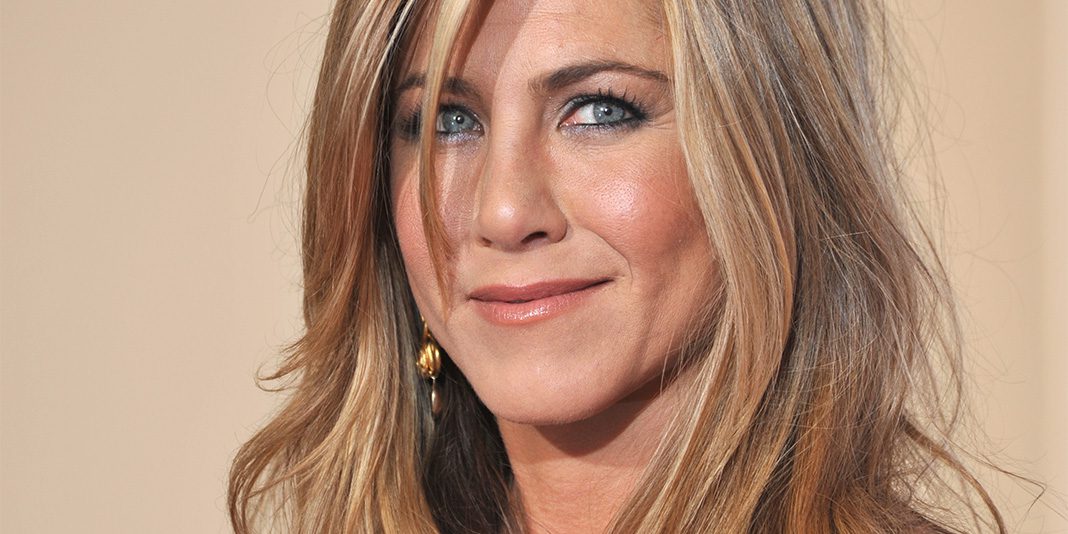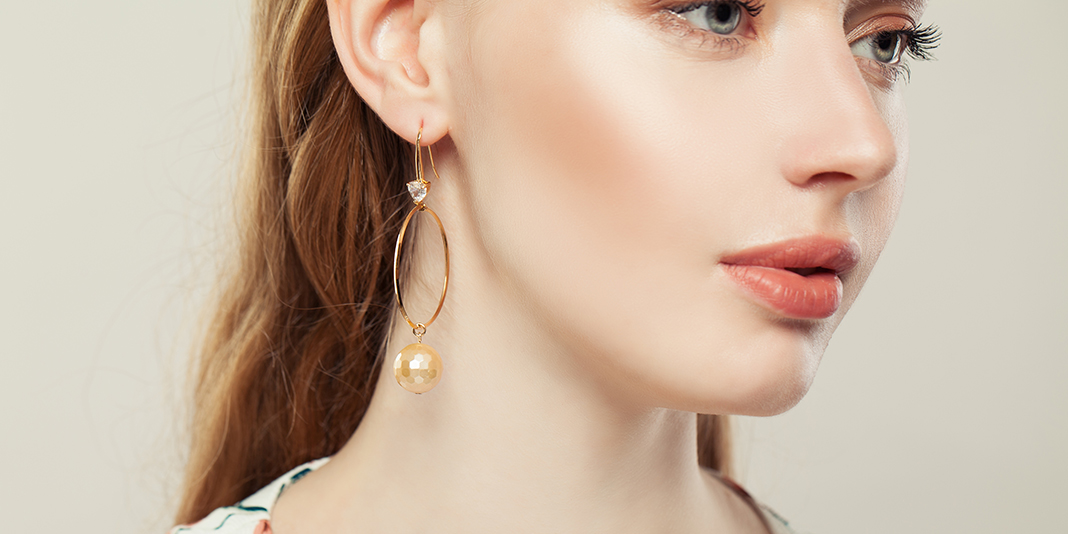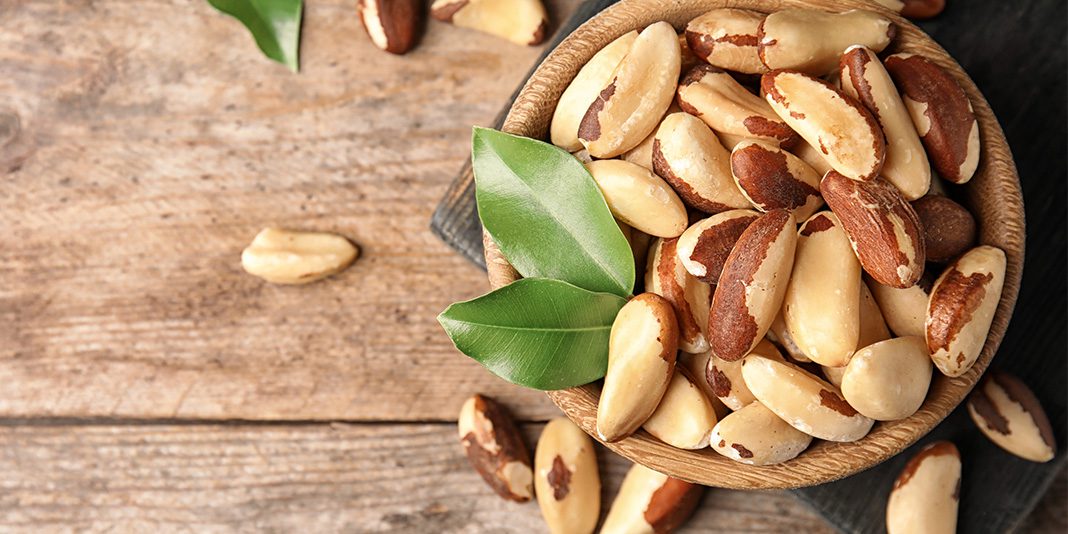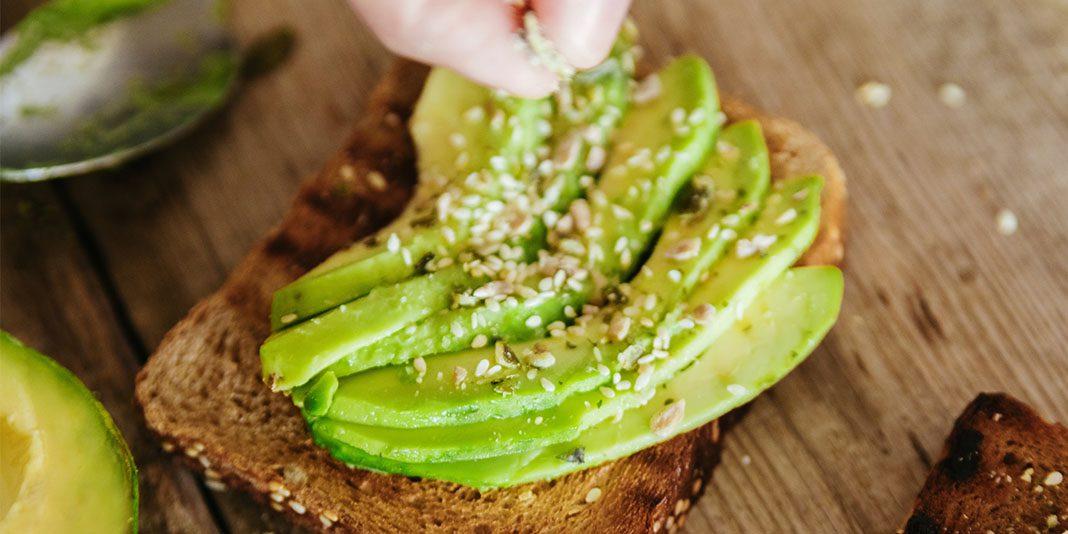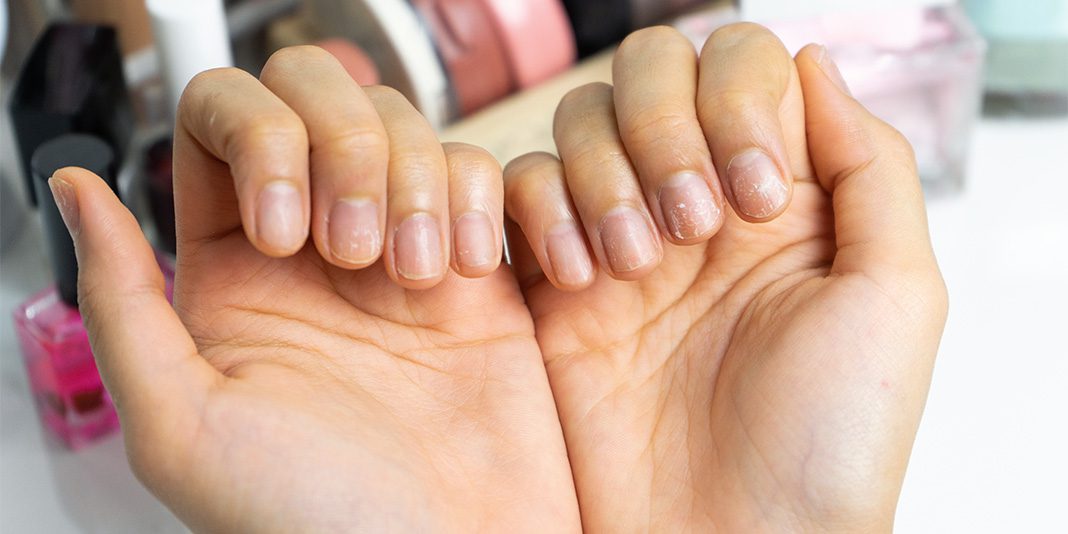Are you a reformed Ben & Jerry’s addict? Have you ditched your thrice-weekly pizza habit? It’s not exactly shocking that these eating habits put your health in harm’s way—not to mention, cause you to pack on the pounds. So dropping those bad habits like a hot potato (with full-fat sour cream, naturally) and swapping them out for more virtuous foods like fruits and whole grains must guarantee good health, right? Well, it depends.
Turns out, when eaten in excess, healthy foods can turn against you.“In our Lifestyle 180 Program [the wellness program at the Cleveland Clinic], when people come back for a six-month follow up and are struggling with maintaining the weight they’ve lost, 90 percent of the time they were eating horrible foods and now they’re eating healthy foods but are having too much of it,” says Kristin Kirkpatrick, R.D., YouBeauty Nutrition Expert and wellness manager at the Cleveland Clinic. “You can have the best intentions, but unless it’s a non-starchy vegetable, you can have too much of a good thing.”In other words, even good-for-you eats can’t protect you if you triple the portion sizes or douse them in sugar. Here’s how you can still get the beauty-boosting benefits of six popular healthy foods without wrecking your diet or harming your health.
MORE: Sneak in Beauty-Boosting Vegetables
Nuts: Nuts are one of the easiest and healthiest snacks you can grab on the go—you’d be crazy not to eat them. These pint-size eats are rich in protein, fiber, omega-3 fatty acids, vitamin E and heart-friendly fats. “Nuts are high in healthy plant-based fats called monounsaturated fats, which help lower blood cholesterol and help prevent heart disease,” explains nutritionist Keri Glassman, author of “The O2 Diet: The Cutting Edge Antioxidant-Based Program That Will Make You Healthy, Thin, and Beautiful.”
How it can backfire: Nuts are calorie-dense—about 80 percent of nuts are fat. Just one ounce of nuts (about a shot glass worth) packs 100 to 200 calories. “A few handfuls of nuts and wham! you have consumed over 500 calories,” says Glassman. “Moderation is key—and thankfully, a little goes a long way in terms of being satisfied and providing nutrients.”
How much to eat: 1 ounce of nuts per day. Kirkpatrick recommends measuring out the portion size so you can see what 1 ounce looks like (hint: It’s a lot less than that entire bowl of peanuts you inhaled at happy hour last weekend). Then you’ll be able to eyeball it on your own. Or choose nuts with the shell still on them, such as pistachios. Given the same number of nuts (peanuts, pistachios, walnuts), people eat 45 percent less when they have to snap off shell, according to research conducted by Brian Wansink, Ph.D., author of “Mindless Eating: Why We Eat More Than We Think.”
Avocados: They’re not just for whipping up a mean guacamole to pair with frozen margaritas. Avocados are a tasty fruit (yes, a fruit) that you can toss into salads and add to sandwiches. “They are high in monounsaturated fats, a healthy type of fat that has been shown to reduce belly fat,” says Glassman. “Avocados can also make your hair shiny and your skin glow.” What’s more, they’re full of fiber, potassium and folate—nutrients that are often lacking in our diet, according to Kirkpatrick—as well as vitamins C and E.
How it can backfire: Although avocados contain healthy fats, it’s still fat. “If you are watching your weight, avocado calories can add up fast,” says Glassman. “Couple that with chips if you are eating guac and hello, overindulgence! The good news is that a little bit of avocado goes a long way since avocados are high in fat and fiber—a satisfying nutrient combo.”
How much to eat: Stick to a serving, which is about ¼ of a whole avocado, which contains five grams of fat and 56 calories. Craving guac? Take half of an avocado, mix it with fresh salsa in a small ramekin (or small bowl) and enjoy with baked pita chips.
QUIZ: What’s Your Eating Style?
Fish: Fish are swimmingly good for your health. They contain omega-3 fatty acids, which have been shown to reduce inflammation in the body, preventing heart disease, cancer and arthritis, according to Glassman. “They have also been coined as a brain food, enhancing memory and overall cognitive functioning,” she says.
How it can backfire: So what’s the catch? Certain types of fish contain high levels of mercury, which has been linked to an increased risk of heart disease. “In high concentrations, mercury can cause problems in childbirth and can harm the nervous system, leading to developmental disorders especially in children,” says Glassman. Some fish—especially fatty fish, large fish that eat many other fish and those caught near industrial areas—may also contain pollutants, such as polychlorinated biphenyls (PCBs), which may be carcinogenic in humans and have been shown to disrupt immune function.
How much to eat: Up to 12 ounces of fish per week. One serving size is three or four ounces (the size of a deck of cards). Popular fish that are low in mercury include canned light tuna, salmon, shrimp, pollock and catfish. “Stick with wild fish over farm-raised,” says Kirkpatrick. “You won’t get as much PCBs.” If you’re pregnant, talk to your physician first and steer clear of high-mercury fish such as swordfish, king mackerel and tile fish. Check out the mercury levels of your favorite fish at www.seafoodwatch.org so you can make educated decisions when perusing the menu or the fish counter.MORE: Is There Something Fishy About Your Sushi?
Dark chocolate: Many women jumped for joy when dark chocolate was deemed a health food thanks to its disease-fighting antioxidants. The dark stuff is not only good for your heart (it helps lower blood pressure), but it can also boost your mood—and your beauty. “When you have chocolate it increases serotonin [the feel-good hormone] and you temporarily feel better,” explains Kirkpatrick.
How it can backfire: Just because the sweet treat is good for you, that’s no excuse to inhale a whole bag of it in one sitting—especially since chocolate is high in saturated fat and sugar. “Chocolate tastes so good that it is easy to over-consume,” says Glassman. “Eating too many calories, sugar and fat can lead to increased risk of diabetes and obesity.”
How much to eat: It’s less than you think—around two or three ounces per week (or about four to six small squares of a dark chocolate bar), according to Kirkpatrick. In order to reap dark chocolate’s heart-health benefits, the label has to say it contains 70 percent or more cocoa content.
MORE: How to Decipher Between Good vs Bad Chocolate
Fruit: Whether your preference is for bursting blueberries, juicy peaches or scrumptious strawberries, fresh fruit is downright delicious and can help tame your sweet tooth. It’s also good for you: Fruit is loaded with disease-fighting antioxidants, as well as fiber—all in a nutrient-dense, low-calorie package. “Berries are especially beneficial,” says Kirkpatrick. “The darker the hue, the more antioxidant benefits it has.”
How it can backfire: Although fruit is a healthy, fiber-rich food, it also contains a lot of sugar (fructose) so it’s best not to go overboard. “Your pancreas will still need to pump insulin in order to metabolize fruit,” says Kirkpatrick, “and you can have real fluctuations of your blood sugar that can lead to inflammation.”
How much to eat: Aim to consume no more than five handfuls of fruit per day. To help you gauge the right portion size, think of your fist as one handful.MORE: Is Sugar in Fruit Different From White Sugar?
Oatmeal: Is there anything more wholesome than a hot bowl of oatmeal? It’s full of heart-healthy soluble fiber, which reduces your low-density lipoprotein (LDL), the “bad” cholesterol. For people looking to lose weight, oatmeal is a great breakfast choice because it’s so filling, making you less likely to reach for that donut to tie you over until lunch.
How it can backfire: People often eat oatmeal because it’s good for them, but not everyone likes the bland taste. Research shows that can cause them to load their oatmeal with sugar so it’s more palatable—which adds up to extra pounds, according to study author Wansink. What’s more, Wansink found that oatmeal eaters also consumed well beyond the recommended portion size of a half-cup or rewarded themselves with additional calories in the form of a mid-morning snack.
How much to eat: About a half-cup of dry steel-cut oats (the instant kind is convenient but full of added sugar, while the slow version is healthier and keeps you feeling fuller longer, according to Kirkpatrick). “If plain oats are reminiscent of eating cardboard to you, try adding spices like cinnamon, nutmeg, pumpkin spice or flavored extracts like vanilla,” suggests Glassman. You can also sprinkle on some sliced almonds or walnuts for a satisfying crunch and a heart-healthy boost—or just choose another health breakfast option that you actually like.
















